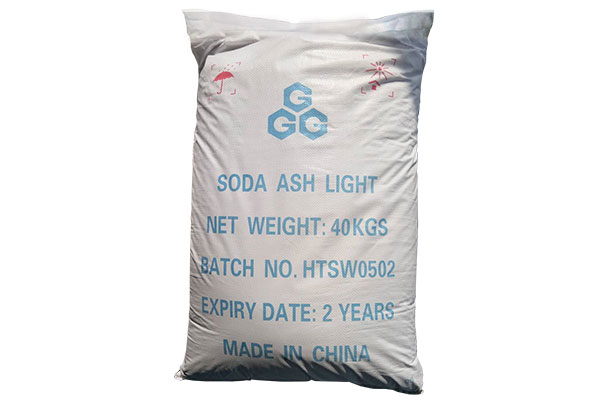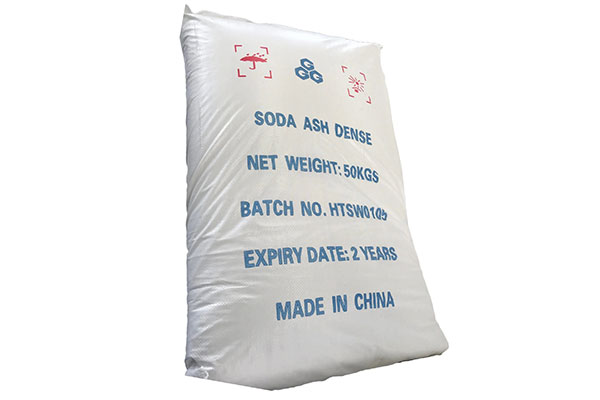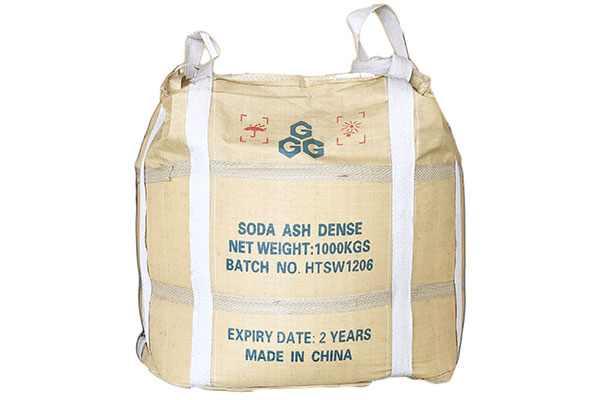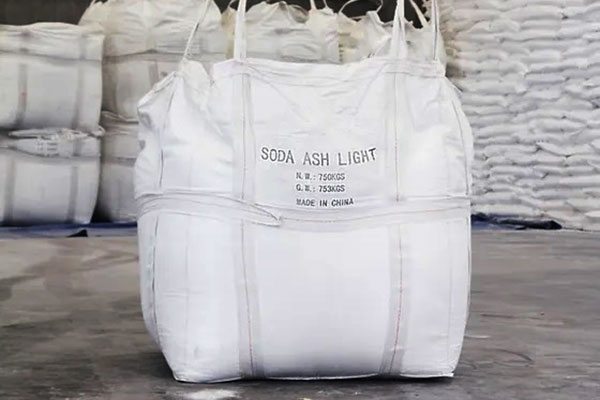Home » What Are Differences between Soda Ash Light and Soda Ash Dense
The physical properties are different, such as bulk density, particle size and shape, and resting angle. Light soda ash and dense soda ash have different particle packing densities. The density of light type is 500-600kg/m³, and the density of dense type is 1000-1200kg/m³. Light soda ash easily absorbs moisture in the air, causing moisture deterioration, and its solubility is higher than that of dense type. Dense soda ash has good stability and is not easy to absorb moisture, generate heat and change color.
Chemical properties are different. Light sodium carbonate is not as chemically stable as dense sodium carbonate because it contains a certain amount of potassium hydroxide. This is one of the main reasons why light type is lighter in color. Dense type has potassium hydroxide removed during the preparation process, making it chemically more stable than light soda ash. Therefore, soda ash dense is used in a wider range of industrial applications than soda ash light.
There are also differences in production processes. The production methods of light soda ash powder mainly include ammonia-alkali method and chlor-alkali method, while the production method of dense soda ash is mainly produced by trona method. The manufacturing process of light soda ash is mainly made by reacting ammonium chloride and then drying. On the contrary, dense soda ash is mainly produced by concentrating, crystallizing and drying the soda ash liquid produced by the electrolysis reaction of sodium chloride under high temperature and pressure.
Application fields are different. Light soda ash is mainly used in our daily lives, such as domestic washing, chemical solvents and food processing industries. Dense soda ash is mainly used in the glass industry, which is also the main consumer sector of soda ash.
There is also a difference in price. Generally, the price of dense soda ash is higher than that of light soda ash.




| Items | Ⅰ | Ⅱ Dense | ⅡLight | |
| Total Alkali (Quality Fraction of Na2Co3 Dry Basis)%≥ | 99.4 | 99.2 | 99.2 | |
| Total Alkali (Quality Fraction of Na2Co3 Wet Basis)%≥ | 98.1 | 97.9 | 97.9 | |
| Nacl (Quality Fraction of Nacl Dry Basis)%≤ | 0.30 | 0.7 | 0.7 | |
| Fe Quality Fraction(Dry Basis)%≤ | 0.0025 | 0.0035 | 0.0035 | |
| Sulfate (Quality Fraction of SO4 dry Basis)%≤ | 0.03 | — | — | |
| Water insoluble matter %≤ | 0.02 | 0.03 | 0.03 | |
| Bulk density (g/ml)≥ | 0.85 | 0.90 | 0.90 | |
| Particle Size | 180 µm sieving residue w/% | 75.0 | 70.0 | / |
| 1.18mm sieving residue w/% | 2.0 | / | / | |
